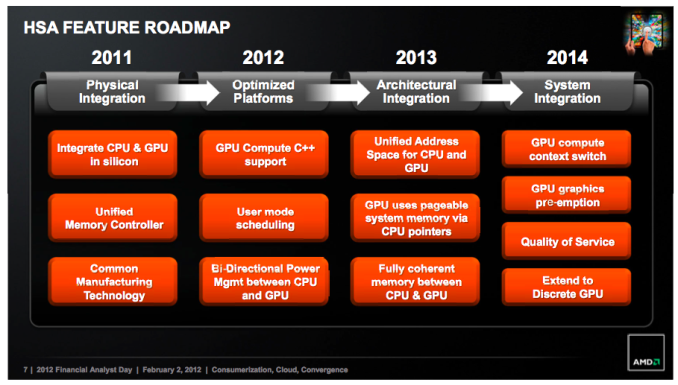When AMD talks about "GCN" that refers to the high level architectural layout of the graphics system; i.e. it indicates a major change from the older VLIW processing (as found in XBOX 360 and other GPU's/APU's up until Southern Islands/Kabini) to a scalar processing organisation. At a high level GCN is the fundamental basis for the graphics architecture going forward, however the IP development of GCN is a continuum and it will continue to evolved with lower level features, functionalities and efficiencies. So, when you look at HD 7790 compared to, say, HD 7770 is there a fundamental high level architecture change that says 7790 is different? No, absolutely not, it is clearly from the "GCN" stable, but it does have an advancement of architectural capabilities from all the other HD 7000 series around it.
Xenos is a bit of a red herring, but also a good case in point. Xenos was easy to pinpoint as something "different" because it was the first time a unified shader architecture was implemented anywhere, however, you can follow the lineage of Xenos->R600->R700->Evergreen->Northern Islands to see that at the high level Xenos set the fundamental processing path for quite a number of generations while the IP and capabilities of the architecture continued to evolve (all the way through from DX9 to DX11).

